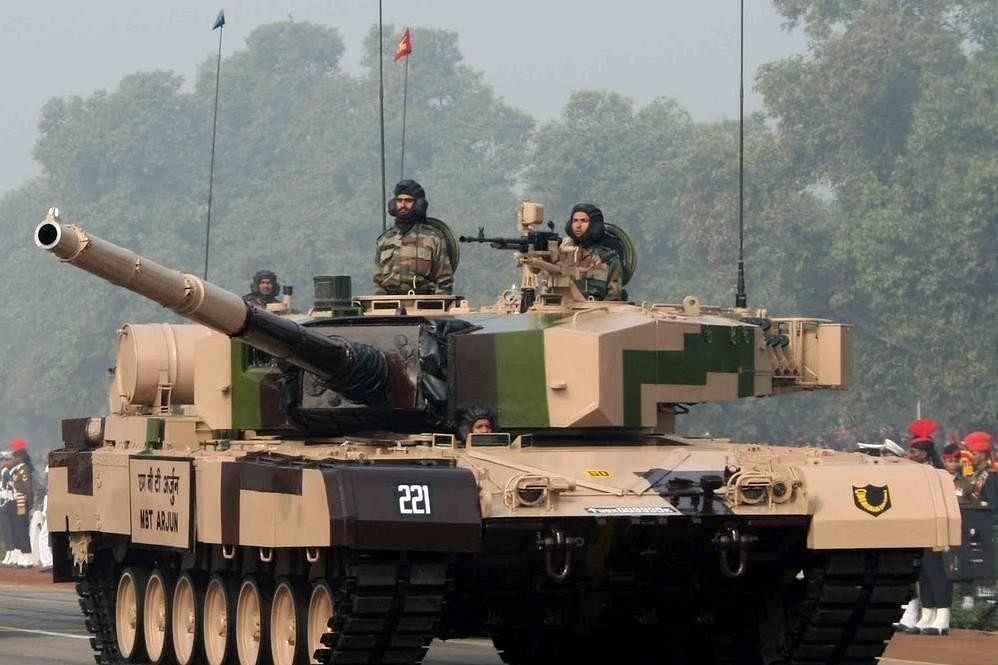In the second of a two-part series on the ammunition shortage in the Army, Abhijit Iyer-Mitra writes that the Army was willing to let massive shortages accrue in a dangerous game of brinksmanship to extract more money from the bureaucracy. Read the first part.
Motives have been attributed to the CAG report for pointing out the Army’s critical ammunition shortages. However, the CAG report has been the single biggest enabler of combat effectiveness in the last decade – the government releasing upto Rs. 40,000 crores to tide over critical shortages.
It is laudable as a short-term measure, but in the medium to long term, this will merely act as a failure-reinforcing mechanism – intending to fund readiness but ending up subsidising obsolescence and rewarding ossification.
Why exactly have these ammunition shortages arisen? The answer is very clear – the generals have over decades prioritised flashy, new “status” items like tanks – preferring to accumulate tanks, rather than building up stocks of ammunition for those tanks to fire. This is not something new and fits well with the Indian psyche. Much of medieval India’s income was spent on acquiring war horses from Arabia, even after the equation had been decisively settled in favour of infantry. While the export of Arab stallions were allowed, the export of mares for breeding was banned on pain of death so that India would never be able to develop and indigenous horse breeding capability. Tellingly, not one Indian ruler, ever invested either in an intelligence operation to capture a bunch of mares, nor did they move away from cavalry – horse or elephant towards infantry – preferring peacockery & vainglory to operational readiness.
When the Army decided to purchase tanks – the latest being the T-90, the generals wanted their capital outlays for the procurement of the actual beast. Not one general, however, wanted to give up part of this outlay for a robust improvement to the Ordinance Factory Board (OFB) capabilities in order to deliver ammunition in time. This is a classic case of “for want of nail the kingdom was lost”.
To many people this seems like plain and simple blackmail – buying unusable equipment in the short-term, forcing financial costs on the civilian leadership to make that equipment usable in the medium term – effectively financial mismanagement followed by blackmail, literally at the point of a gun.
If we know the OFB is an obsolete dinosaur that will never deliver, why persist in making national security dependent on a known failure? This fact alone should have forced the Army to move into new ways of war – discarding the old lumbering armoured formations for light, highly mobile infantry and focussing on quality instead of quantity. Such a shift would organically move Indian military thinking from obsolete notions of ground control, which are now ruinously expensive because of the emergence of sub-urban warfare to area denial and strike which can deliver rapid and tangible results to political masters.
Sadly, jeeps and trucks simply aren’t as sexy as tanks, forget the fact that France controls and area of North Africa twice the size of India with just jeeps and tanks & it was American jeeps, not tanks that made the first forays into Baghdad in the 2003 US Invasion.
Finally, we must equally realise that wars are no longer won by the army – but rather by Air Forces and Navies. Yet instead of becoming a small but effective army, the Army’s leadership has chosen to remain a lumbering, poorly equipped giant. When the ill-considered move to create the mountain strike corps to deal with China was initiated, every commentator had pointed out the massive logistical trail and economic costs, yet the army leadership earmarked no funds for this persisting in wasteful expenditure, forcing the civilians to divert other resources to make this division operational over and above the allocation they sought. The problem is on the China border using infantry is literally an uphill battle – whereas air combat works to our advantage. Yet the army in its turf battle to get more money insisting on creating what is in effect a suicide squad that will suffer some of the worst attrition for the least gains, simply because size and budget translate to strength in the Indian system.
What we need to understand is that neither was the government “sleeping” as some have claimed, nor is the Army a “valiant & stoic” party as others have posited. The ammunition shortages are a result of normal bargaining process that happens between every army and bureaucracy. However, in the Indian case, it was the Army that was willing to let massive shortages accrue in a dangerous game of brinksmanship, trying to extract more money from the bureaucracy. Ultimately, the bureaucracy blinked and lost a critical opportunity for forcing much-needed reforms in doctrine and war fighting down the army’s throat.
That this will secure India in the short term is undeniable, that this sets a dangerous precedent, rewards failure and recklessness and will come back to bite us in the long term is equally undeniable.
Abhijit Iyer-Mitra, senior fellow at the Institute of Peace and Conflict Studies. Twitter: @iyervval
